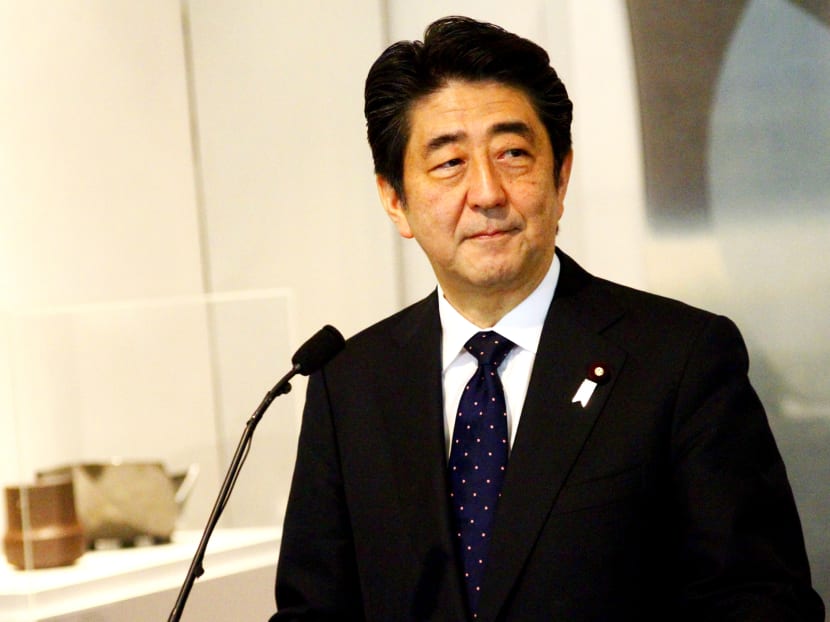Japan ratifies TPP, will keep urging other nations to do the same
TOKYO — Japan’s Parliament on Friday (Dec 9) ratified the Trans-Pacific Partnership (TPP) trade pact, hoping it will one day take effect despite United States President-elect Donald Trump’s pledge that the US will withdraw from it.
TOKYO — Japan’s Parliament on Friday (Dec 9) ratified the Trans-Pacific Partnership (TPP) trade pact, hoping it will one day take effect despite United States President-elect Donald Trump’s pledge that the US will withdraw from it.
A majority of Upper House lawmakers, led by Prime Minister Shinzo Abe’s ruling coalition, approved the Bill, while the opposition voted against it, following last month’s passage through the powerful Lower House.
Japan’s top government spokesman called the deal’s passage “a message to the world about Japan’s strong determination to promote free trade”.
“We will continue to urge signatory countries to swiftly” pass the Bill, said Chief Cabinet Secretary Yoshihide Suga.
The ratification still requires Cabinet approval of needed regulatory revisions. But by ratifying the deal, Japan is signalling it hopes the accord can be resuscitated when conditions are more favourable.
Outgoing US President Barack Obama had championed the 12-nation trade deal, saying it would enable the US to set the global trade agenda in the face of China’s increasing economic clout.
But Mr Trump has strongly opposed the agreement, claiming the deal would harm the US economy and cost jobs. The pact has not been ratified by the US Senate and Mr Trump last month announced that he will withdraw Washington from the deal immediately after his inauguration on Jan 20, barely a day after Asia-Pacific leaders pledged to push ahead with the ratification process.
Instead, Mr Trump said he would replace it with bilaterally negotiated trade deals.
The TPP, which aims to cut trade barriers in some of Asia’s fastest-growing economies but does not include China, cannot take effect without the US.
The US and Japan are the biggest members of the agreement, which encompasses some 40 per cent of the global economy. It also includes Australia, Brunei, Canada, Chile, Malaysia, Mexico, New Zealand, Peru, Singapore and Vietnam.
Prime Minister Lee Hsien Loong had said last month that Singapore is pushing ahead to amend its legislation and bring the TPP into effect by early next year.
The TPP is seen as a counterweight to China, as Beijing expands its sphere of influence and promotes its own way of doing business — seen as often running counter to largely Western-set global standards that emphasise transparency, and respect for human rights and the environment.
China has been pushing an alternative vision of free trade in Asia under the Regional Comprehensive Economic Partnership (RCEP), which does not currently include countries in the Americas.
Mr Abe has made the TPP a pillar of his growth platform to revive exports. He had said last month the TPP would be “meaningless” without the US.
“(Still, even if) it has become unclear (how the TPP can come into force), it is profoundly meaningful for us to send a message to the world about the strategic and economic significance of building a fair economic zone, the outcome of the TPP,” said Mr Abe on Friday before the vote.
Mr Toshihiro Nikai, the secretary-general of Mr Abe’s Liberal Democratic Party expressed hope that the US will understand its decision and “walk with us down the same road”. AGENCIES







